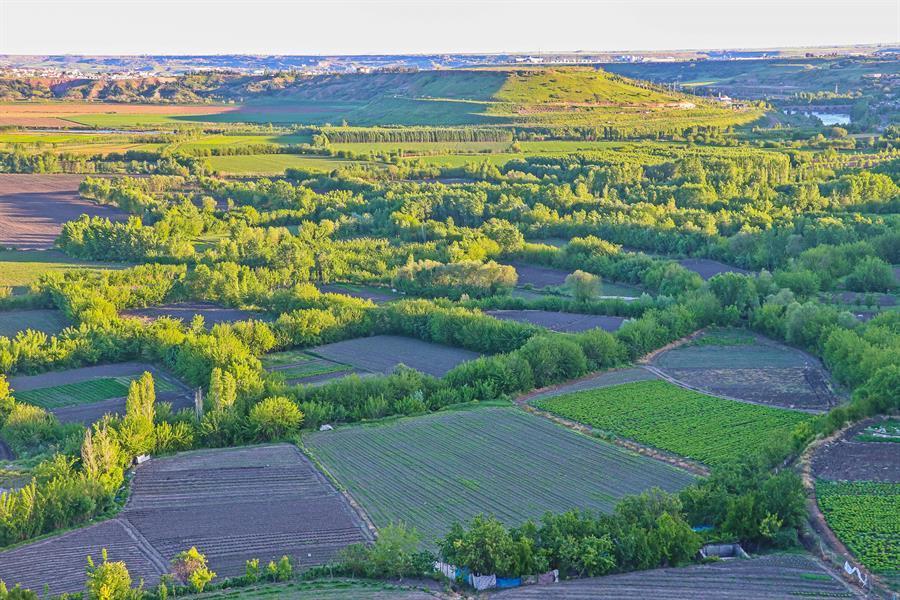Hevsel Gardens’ biodiversity to be documented
DİYARBAKIR

A group of 12 scientists from Dicle University are documenting the biodiversity of the southeastern province of Diyarbakır’s Hevsel Gardens, registered on the UNESCO World Cultural Heritage List.
Located on the banks of the Tigris (Dicle) River, the 8,000-year-old Hevsel Gardens were inscribed on UNESCO’s World Cultural Heritage List in 2015. In addition to vegetable and fruit cultivation, Hevsel Gardens, which has a fertile land, shelters over 200 bird species, many insects, butterflies, reptiles and mammals such as otters, foxes, squirrels, hedgehogs and martens, as it responds to the needs of many different species.
The gardens, where migratory birds stop over during their flight, are the largest bird sanctuary in the Southeastern Anatolia region. Scientists are carrying out various studies to ensure that the Hevsel Gardens are passed on to future generations in a proper way.
Thus, 12 scientists from Dicle University, who are experts in their fields, are documenting the biodiversity and living creatures on approximately 3,000 decares of land covering a part of the Hevsel Gardens and the Tigris Valley.
Prof. Dr. Ali Satar, the head of the Zoology Department at Dicle University, said that the results obtained after the process will be published in a book and introduced to the world.
Stating that this will be a long-term study, possibly around 15 months, Satar said that with many other scientists working in this field, they will reveal the biological richness of the place and the creatures living there.
“There are species that our professors have introduced to the world. There are nearly 228 bird species that our guests can observe. There are different insects and butterflies. For example, we can observe the ‘Tigris Beauty’ butterfly very well here in the fall. We have another butterfly, the Mesopotamian colotis. You may also come across it. We can observe many different insect species, bird species and different creatures here. Of course, we look at it from a biological point of view,” Satar explained.
Noting that the gardens have many more different features, Satar said silkworm farming was also popular around the region in the past as a lot of families were engaged in this occupation and the mulberry trees in the Hevsel Gardens were used for this purpose.
“It is possible to revive this. Some of our agronomist colleagues are working on ancestral seeds. They will try to bring them back here. There is also such a project initiative. Plus we have our own work to do. We want to promote this place in a very good way,” he added.
















